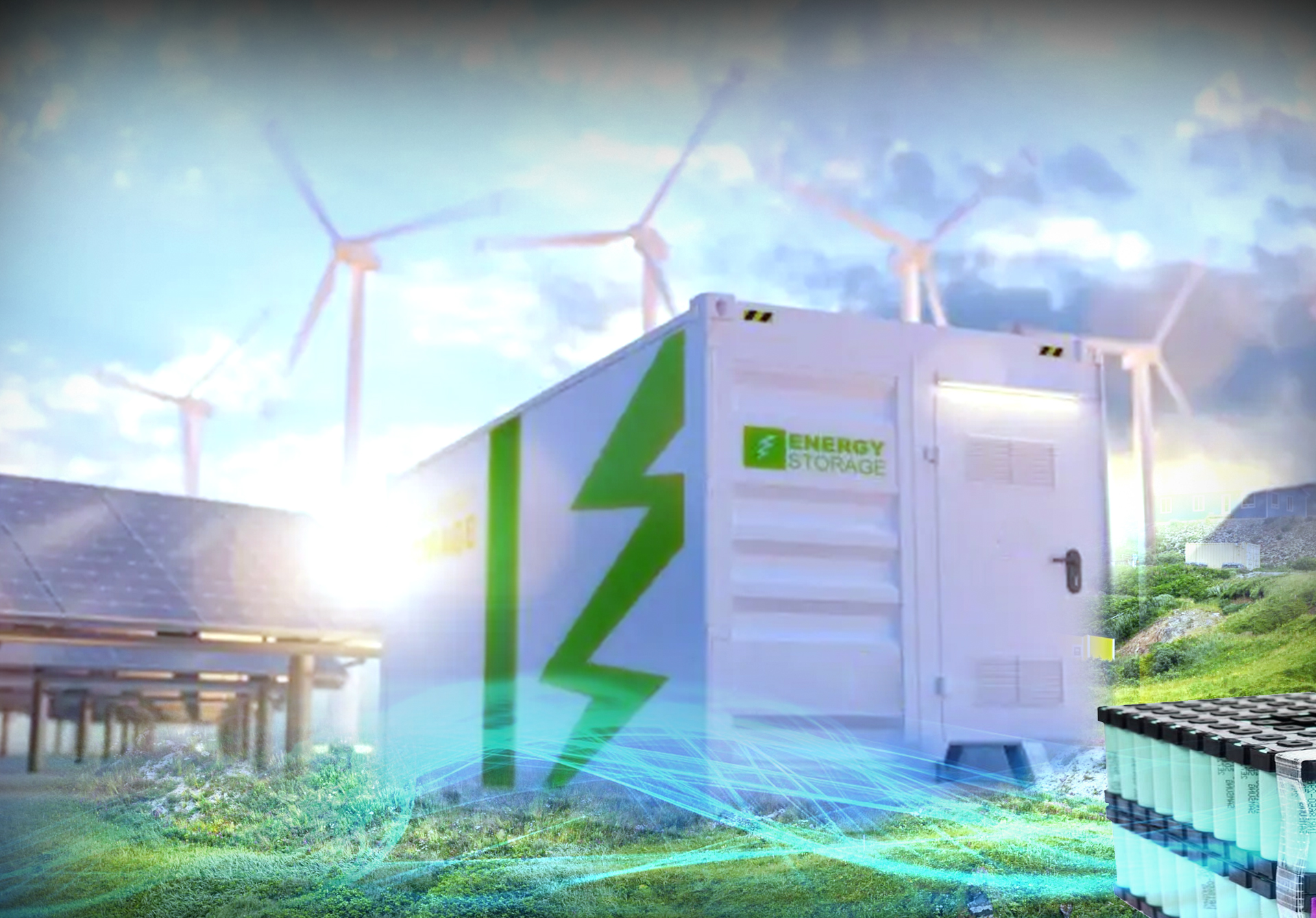In the vast and isolated landscapes of remote areas, access to a reliable energy source is a formidable challenge. Traditional power grids often struggle to reach these regions due to their geographical remoteness and rugged terrain. As a result, communities in these areas face a constant struggle for basic amenities like electricity. However, the advent of advanced energy storage technologies, particularly lithium ion battery packs, has emerged as a game-changer, offering sustainable solutions that bring light to the darkness of remote living.
Understanding the Challenge: Energy in Remote Areas
Remote areas, whether they are located in deserts, mountains, or islands, share a common problem: the lack of a consistent and accessible power supply. Conventional methods of transmitting electricity over long distances are expensive and impractical in such environments. Additionally, relying on fossil fuels for power generation is not only environmentally detrimental but also economically unviable.
The absence of reliable energy sources hampers the development of essential services such as healthcare, education, and communication. Without a steady power supply, these communities find themselves isolated from the rest of the world, limiting their opportunities for growth and progress.
Enter Lithium-Ion Battery Packs: A Sustainable Solution
Lithium-ion battery packs have gained prominence as a versatile and efficient energy storage solution. These batteries have become ubiquitous in our daily lives, powering everything from smartphones to electric vehicles. However, their impact is even more profound in remote areas where the need for a reliable, off-grid power source is critical.
One of the key advantages of lithium-ion batteries is their energy density. They can store a large amount of energy in a relatively small and lightweight package, making them ideal for remote locations where space and transportation are often limiting factors. This characteristic allows for the deployment of energy storage systems that can be easily transported and set up in isolated areas.
Moreover, lithium-ion batteries are known for their longevity and cycle life. This means they can withstand repeated charge and discharge cycles over an extended period, ensuring a consistent and reliable power supply. In remote areas where maintenance and replacements are challenging, the durability of lithium-ion batteries becomes a significant advantage.
Renewable Integration: Pairing Lithium-Ion Batteries with Solar and Wind
One of the most promising aspects of lithium ion battery packs in remote areas is their compatibility with renewable energy sources like solar and wind. These regions often have abundant sunlight or wind, making them ideal candidates for clean energy generation. By coupling lithium-ion batteries with solar panels or wind turbines, communities in remote areas can establish sustainable and eco-friendly power systems.
During periods of ample sunlight or wind, excess energy can be stored in lithium-ion battery packs for later use, addressing the intermittent nature of renewable energy sources. This combination creates a reliable and continuous power supply, reducing dependence on traditional fossil fuel-based generators and minimising the environmental impact.
Empowering Communities: Benefits Beyond Energy
The deployment of lithium-ion battery packs goes beyond providing a stable energy source; it empowers remote communities in various ways. Access to electricity opens doors to education by enabling the use of computers and internet connectivity. It enhances healthcare services by supporting medical facilities with refrigeration for vaccines and the operation of essential medical equipment. Furthermore, electrification facilitates economic development by powering small businesses and creating opportunities for entrepreneurship.
The positive impact on the quality of life is immeasurable. Lighting up homes allows for extended study hours, fostering education and knowledge dissemination. It enhances safety and security by providing lighting in public spaces, deterring crime, and enabling emergency services. In essence, the introduction of lithium-ion battery packs acts as a catalyst for holistic development in these remote regions.
Challenges and Future Prospects
While lithium-ion battery packs present a promising solution, challenges remain. The initial cost of implementing these systems can be a barrier, particularly for communities with limited financial resources. However, as technology advances and economies of scale come into play, the cost of lithium-ion batteries is expected to decrease, making them more accessible in remote areas.
Additionally, addressing the environmental impact of battery production and disposal is crucial. Efforts are underway to improve recycling processes and develop more sustainable battery technologies. As the industry continues to evolve, there is a growing emphasis on creating a closed-loop system, ensuring that batteries are recycled and reused at the end of their life cycle.
Conclusion: Illuminating the Future of Remote Living
In conclusion, lithium-ion battery packs are revolutionising energy storage in remote areas, providing a lifeline to communities that have long been in the dark. These innovative solutions not only offer a reliable and sustainable power source but also pave the way for comprehensive development and empowerment. As technology advances and the world collectively addresses the challenges associated with remote electrification, lithium-ion batteries stand as beacons of hope, illuminating the path towards a brighter and more connected future for remote communities around the globe.





